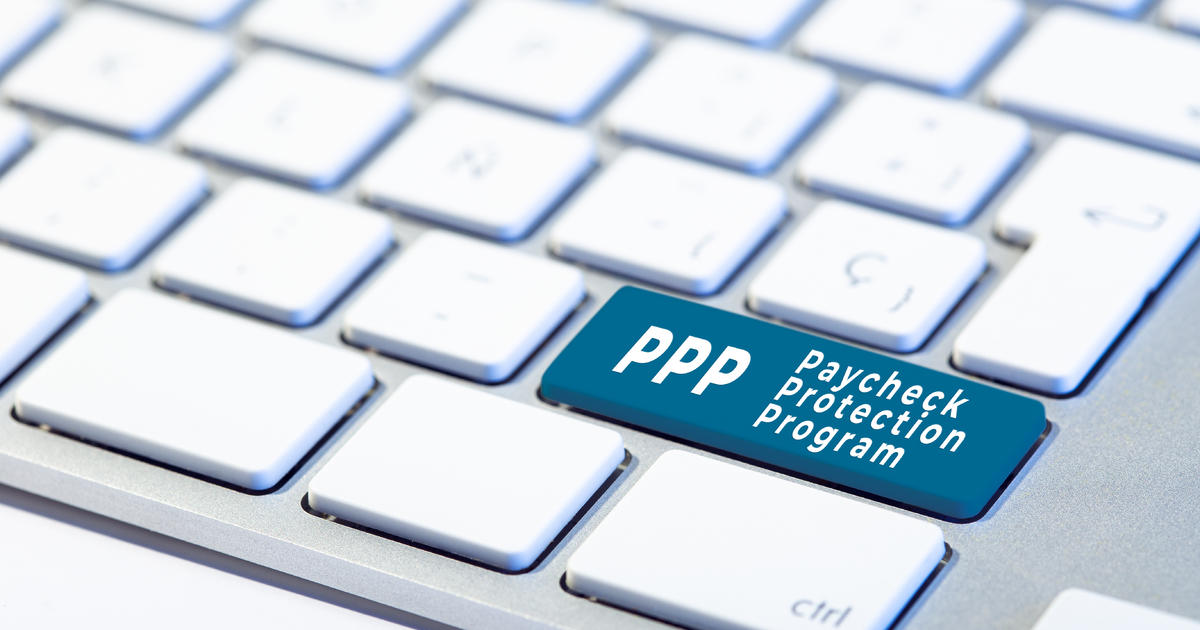A popular government-supported small business loan program to help businesses that have suffered due to coronavirus is back, with a few fixes for past failures in forgivable, low-interest loans, but also with several of the same loopholes that could benefit larger operators in relation to main Street family stores.
Washington’s latest $ 900 billion stimulus effort will replenish the Paycheck Protection Program for a third round of financing with $ 285 billion at a time when small businesses continue to struggle. It passed Congress on Monday night, after months of political strife. It remains to be seen whether President Donald Trump will sign it after President released a video on Tuesday night criticizing the COVID-19 relief bill.
The biggest difference in the third round? Companies that previously borrowed from the program and spent the funds can borrow a second loan. The so-called “second draw PPP loans” were not part of the first two rounds. The government has also added new restrictions to limit the amount of money that goes to larger companies or those that do not need public assistance when private financing is available.
All told, government watchdogs that has followed the PPP they say it’s improved, but the last round, like the first two, will not be fraud-free.
“I think it is more likely to go to the companies that need it most because the abuses of the first two rounds were well publicized,” said Steve Ellis, who is president of Taxpayers for Common Sense. “But it is a big pot of money and there is no guarantee that it will not be taken advantage of by individuals and companies that should not receive it.”
Here are some of the loopholes that the government has closed, reduced or left open to renew the program:
- The government limited loans to second-hand borrowers to $ 2 million, from $ 10 million. But, as in the past, the so-called affiliation rule is waived, meaning that two or more separate divisions of the same company can borrow $ 2 million each, as long as their operations are separated. This will likely allow restaurants, hotels and other business chains, once again, to borrow above the individual limit.
- The government reduced the number of employees that a company could have from 500 to 300. But it also extended the types of companies that could be eligible to circumvent this rule. For example, like restaurants and hotels, news organizations that have a total of more than 300 employees are eligible to borrow from the program, as long as they have no more than 300 employees working in one location.
- Another novelty in the third round of the PPP: high-level cooperatives and Hollywood agents. Residential cooperatives have been prevented from receiving assistance for small businesses in previous rounds. In addition, the government set aside $ 15 billion for smaller performing arts organizations fighting for survival, but it also left the door open for at least some of the money to be captured by talent agencies representing performing artists.
- Unlike the first round, companies need to show that their business fell at some point during the coronavirus pandemic – but only over a three-month period. So if a company struggled at the start of the pandemic, but six months later it is fine, it will still be eligible for the third round of the PPP.
- Public companies are specifically prohibited from obtaining new PPP loans. But venture capital firms, private equity firms or other pocket investors are still eligible.
Caroline Ciccone, executive director of Accountable.US, which has criticized the Check Protection Program, considers the exclusion of public companies, as well as the reduction of the ceiling to 300 employees, a significant improvement. But she says there is still a big gap between what most people think is a small business and a company that employs 300 people.
The new money round sets aside $ 25 million for a federal agency that promotes minority-owned companies and another $ 15 billion that can be operated by community banks or minority-owned banks. This, however, pales in comparison to the general $ 285 billion fund. Studies from previous rounds found that minority-owned companies did not get equal access to PPP loans.
Another potential problem: the updated program still lacks the basic protection that is part of the typical loan process performed by the US Small Business Administration. Banks are generally held accountable if they take out a loan that obviously goes against the rules. Banks asked the SBA to waive that responsibility during the first two rounds of the PPP, but the new rules Washington wrote for the third round specifically say that banks cannot be held responsible for loan fraud.
Ellis and Ciccone said that this break for banks could be a problem, as we now know there was widespread fraud in the first two rounds of the program.
“The argument is that we need to withdraw the money as soon as possible,” said Ciccone of Accountable.US. “But look at what happened in the first few waves of this. There were tens of billions of dollars in fraud. At the very least, you must maintain the very limited verification standards that normally exist.”
